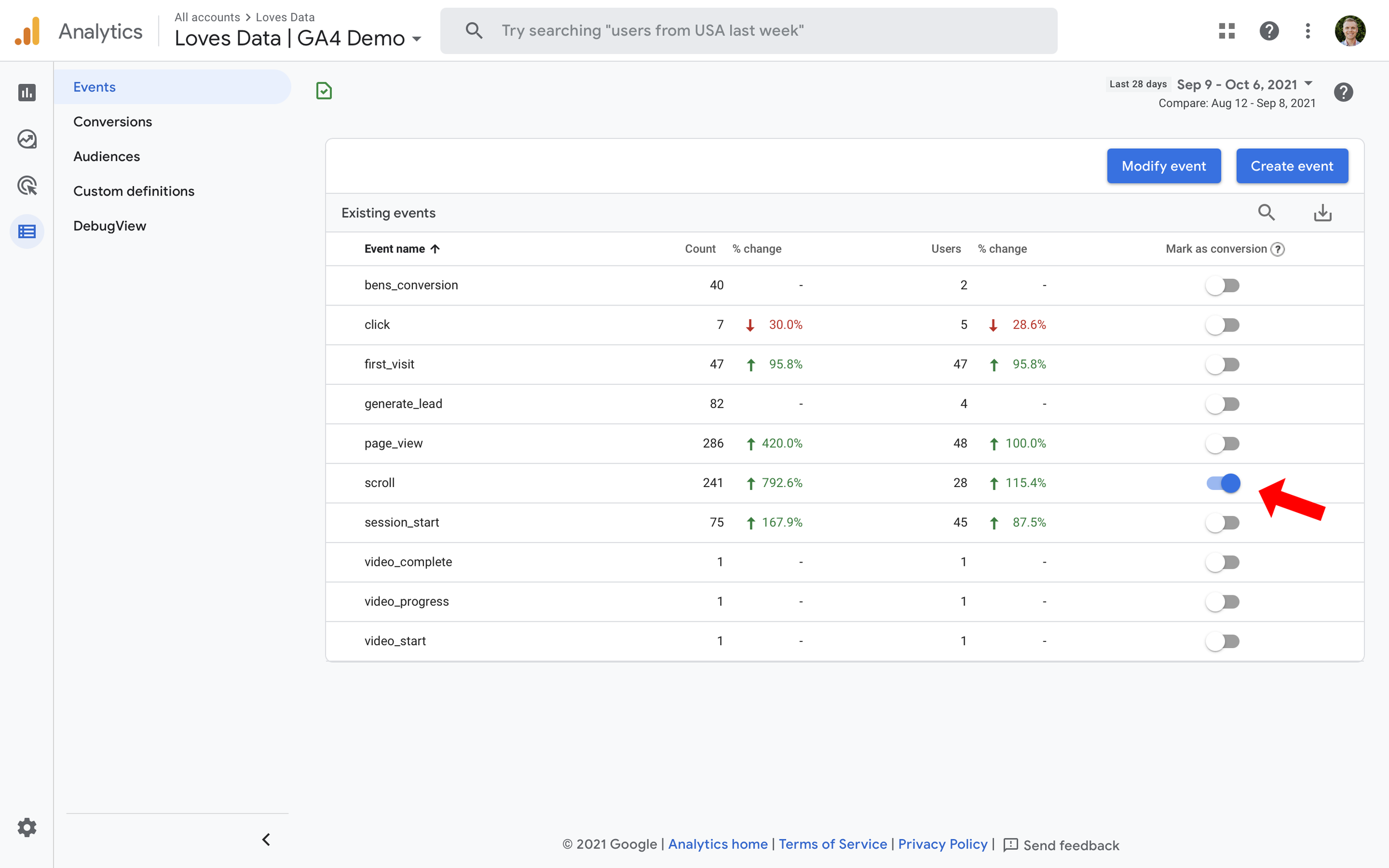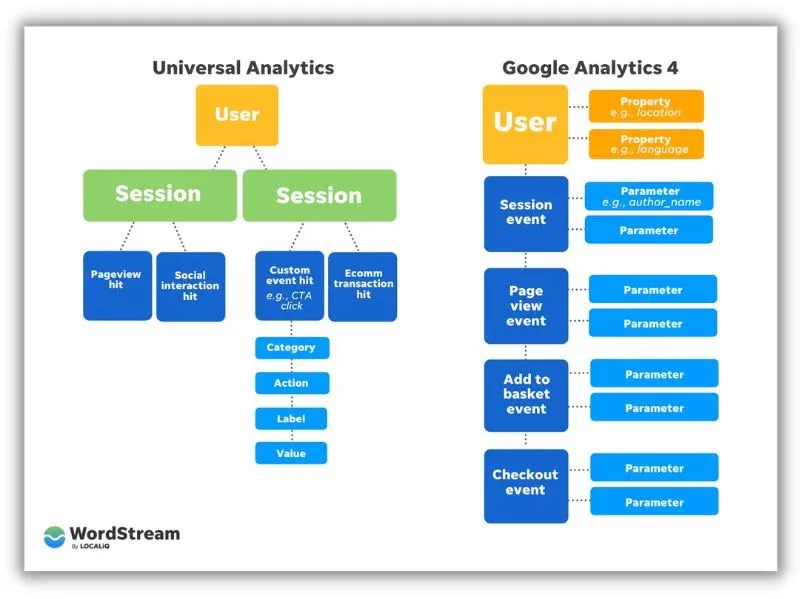Some Known Details About Google Analytics Event Tracking
Wiki Article
Some Ideas on Google Analytics Event Tracking You Need To Know
Table of Contents6 Easy Facts About Google Analytics Event Tracking ShownGoogle Analytics Event Tracking - QuestionsHow Google Analytics Event Tracking can Save You Time, Stress, and Money.Some Ideas on Google Analytics Event Tracking You Should KnowHow Google Analytics Event Tracking can Save You Time, Stress, and Money.More About Google Analytics Event Tracking

If you're mosting likely to establish up event monitoring manually, after that you're mosting likely to have to include some additional code to the elements you desire to collect data from. The code you're mosting likely to deal with will certainly look something such as this: There are 4 parts within that code snippet that you're mosting likely to require to define yourself: occasion, Group, event, Activity, event, Label and occasion, Worth.
As you can see, 2 of these are required (category and activity) while tag and value are optional. It all relies on the type of details you want communicated back to Google Analytics when a customer clicks on the defined element (Google Analytics Event Tracking). It will be a lot easier to specify these parts if you evaluate your site and make a decision which elements/actions you intend to track
An Unbiased View of Google Analytics Event Tracking
Now, you'll be asked to define the and and you'll intend to pick from the drop-down food selection that shows up when you click on. This will bring up the very same occasion monitoring components we checked out earlier, which you'll need to fill out. As soon as you have actually specified these, you can move to the 2nd box and select the trigger that will certainly terminate your tag.On the following display, you'll likewise have a field for calling your trigger and, if you click on the box, you'll see a checklist of the various triggers you can select. In this case, we desire to choose and then pick the choice listed below. You'll set the trigger to just fire when a component is clicked with a Link that contains the.
Every website talks. Prior to data analytics, we could not hear the voices of our sites. Yet exactly how do you know what your internet site is stating? Easy - Occasion tracking! Occasion tracking gives you a photo of how customers engage with your internet site and service (Google Analytics Event Tracking). Do you desire to understand even more? Then, review on as we check out everything you require to know, including what it is, why you need to track events, just how to handle occasions data, and various other relevant Frequently asked questions you might have.
The Single Strategy To Use For Google Analytics Event Tracking
You can change between your event categories, actions, and labels in the Leading Occasions report. This record is crucial for digging additionally right into research study on a certain event classification. The Occasion Pages report shows the pages where events are triggered. In this area, we can check out the top pages that drive events.It shows you the course they take as link they move from one occasion to the following and helps you to identify which content involves your audience the most. Events in Google Analytics have four primary elements. They are additionally a part of the occasion tracking code. Google Analytics makes use of these codes to track customer interactions and team them into occasion reports.
Pick "Variables" > "Configure". A listing of the parameters you can track on your internet site is on the right. Under Clicks, Forms, and Video clips, double-check each parameter. After inspecting all essential areas, you can click "X" to close the window and return to the Review menu on the.
The Single Strategy To Use For Google Analytics Event Tracking

Selecting "False" will certainly avoid that session from being a bounce. If you haven't done so, you may require to set up a variable in the Google Analytics Setups box. Click "New Variable ..." if you can't discover one to pick. After this, enter your GA monitoring ID in the Monitoring ID area.
To do this, follow the following series of actions: After setting up the fields, choose the "Triggering" area. When configuring your new trigger, click the "+" switch, after that the "pencil" button, after that choose your trigger type.
Getting The Google Analytics Event Tracking To Work
When it familiarizes which areas and aspects are guiding consumers via your conversion channel, you still will not understand. Without event monitoring, GA reports will just count check outs as single-page sessions, also if customers invest a lot of time on one page and engage with it significantly (and a bounce).
However exactly how does occasion monitoring attain this?Single-page sessions called bounces begin and conclude on the very same page. Without occasion monitoring, GA will certainly categorize a customer's visit as a bounce if they do news not browse to one more page, no matter how they communicate with it. A video-rich page can have a greater bounce rate if events are not tracked.
The Only Guide to Google Analytics Event Tracking
Nevertheless, for GA to take occasion hits right into account when determining bounce prices, you have to pick "Non-interaction event" as "False" throughout the GTM arrangement. Setting "occasion objectives" with occasion activity is an excellent way to track customer activities you worth highly, such as new lead entries or click a phone call to activity.Report this wiki page